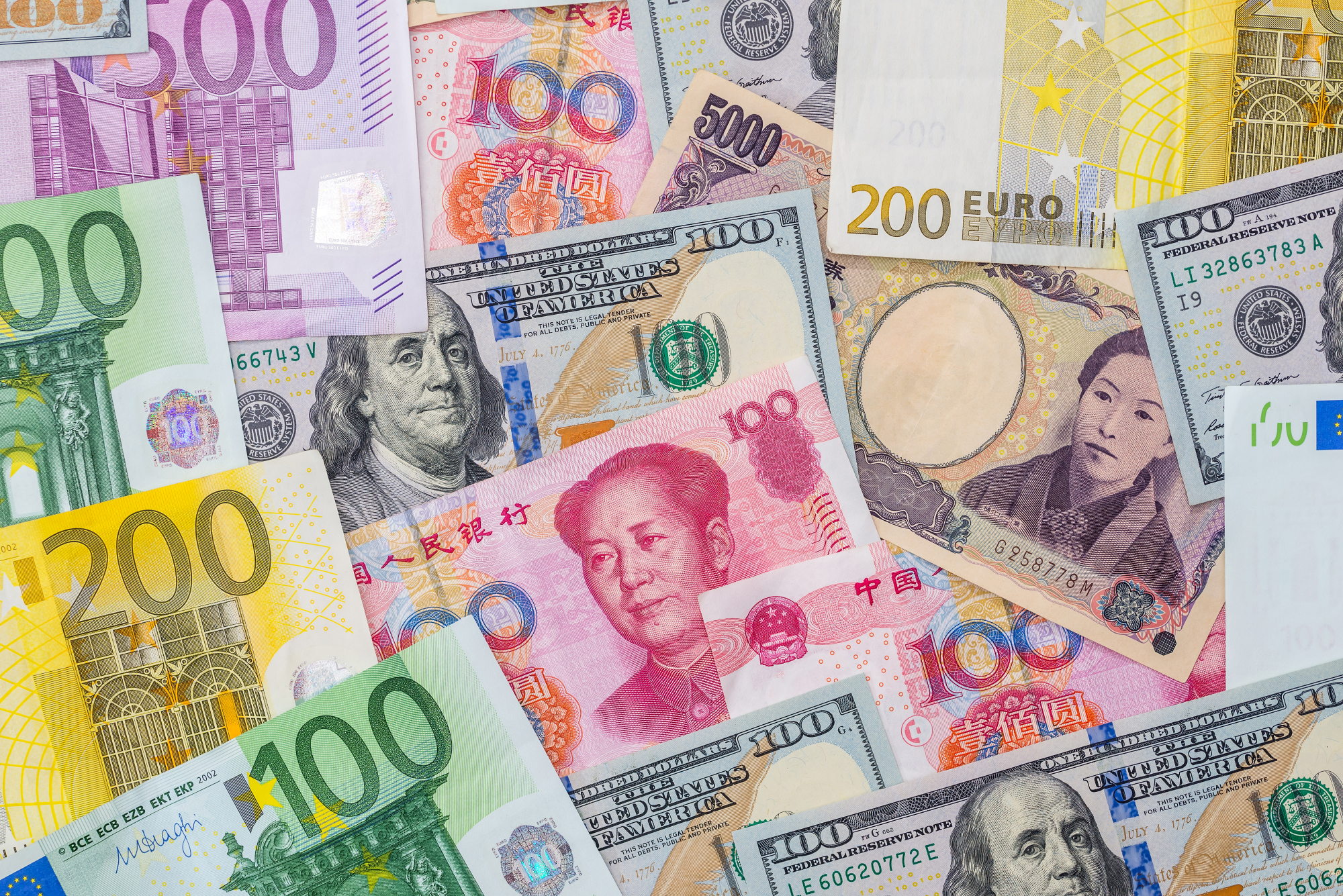The Asia-Pacific region has experienced a rapid increase in its capital markets with resultant greater cross-border portfolio investment inflows since the early 2000s. Momentum began to build especially after the 2008-2009 global financial crisis. The subsequent unconventional monetary easing adopted by advanced economies to cope with the crisis have contributed to promoting this development. Following an outflow of portfolio investment in the initial stage of the crisis, the region has witnessed a new wave of cross-border portfolio inflows from investors in the United States and Europe in search of higher yields. Apart from the management of foreign reserves, moreover, the region has increasingly allocated its accumulated savings to foreign securities.
The post-crisis, cross-border portfolio investments in the Asia-Pacific region have the following characteristics. First, equity has been a dominant source of investment inflows to the region notwithstanding efforts to develop bond markets in emerging Asia since the early 2000s. The exception is Australia, where portfolio inflows have been largely in the form of debt securities. Limited capital inflows to debt securities issued by emerging Asia may be attributable to the still early stages of bond market development in terms of size and liquidity, as well as higher returns on equity.
Second, in contrast, debt securities have remained the dominant foreign assets held by the region. This mostly reflects Japanese investors' preference toward debt securities. Other Asia-Pacific economies have invested more heavily in foreign equity.



